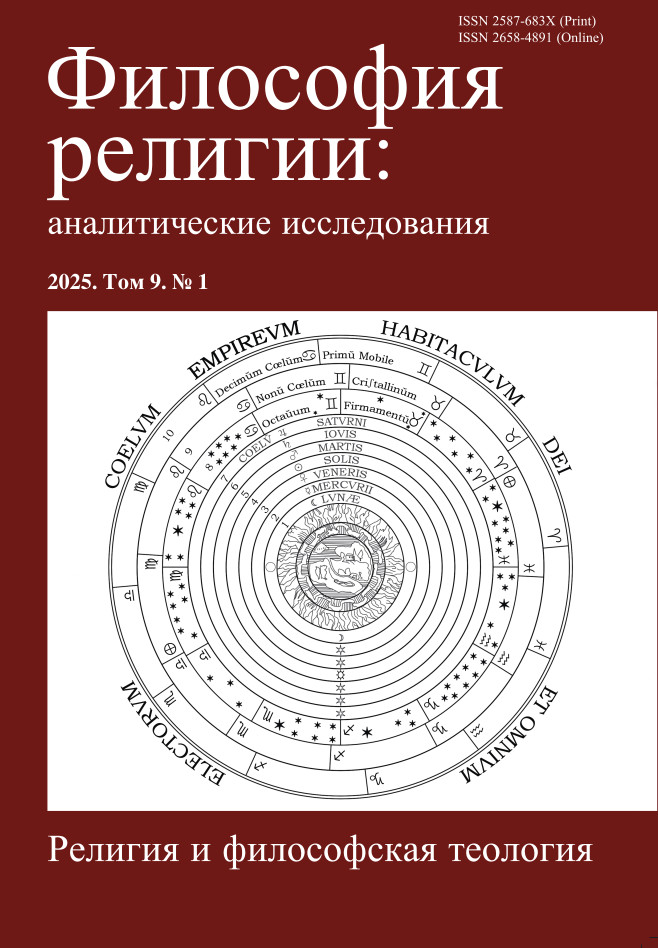Predicates of the One-Being and the Orders of Henads in Proclus’ Elements of Theology
DOI:
https://doi.org/10.21146/Keywords:
late antiquity, ancient Greek philosophy, Neoplatonism, Proclus, Athenian school of Neoplatonism, Elements of Theology, natural theology, metaphysics, First Cause, The One, theory of henads, God and gods, unparticipated, participated, procession, predicates of being, Plato’s ParmenidesAbstract
The doctrine of divine units, or henads, represents a distinctive and central feature of the metaphysical framework developed within late Neoplatonism, particularly among the Athenian Neoplatonists of the 5th and 6th centuries, including Syrianus, Proclus, and Damascius. Within their ontological schema, the henads constitute a unique level of reality, situated between the transcendent One and the realm of intelligible Being. Drawing primarily on Proclus’ works – Elements of Theology, Plato’s Theology, and Commentary on Parmenides – this study elucidates the foundational principles of the henadic doctrine. It examines the nature of the henads, their essential properties and functions, their identification with the gods, and the philosophical rationale for their incorporation into the Neoplatonic metaphysical system. Beyond purely logical motivations, the origins of the henadic doctrine may be traced to the second hypothesis of Plato’s Parmenides, since, according to Proclus’ interpretation, the predicates attributed in this hypothesis to the One-Being – such as essence, wholeness, multitude, number, and parts – reveal the characteristics that align with a specific order of henads. Given that Plato’s Parmenides enumerates fourteen predicates of the One-Being, the number of divine orders corresponds to these predicates, with each order reflecting a distinct level of reality. The article includes a new, annotated translation of theorems 113–165 from Proclus’ Elements of Theology, a section in which the theory of henads is presented with unparalleled comprehensiveness and systematic rigour.

 This work is licensed under a
This work is licensed under a 
